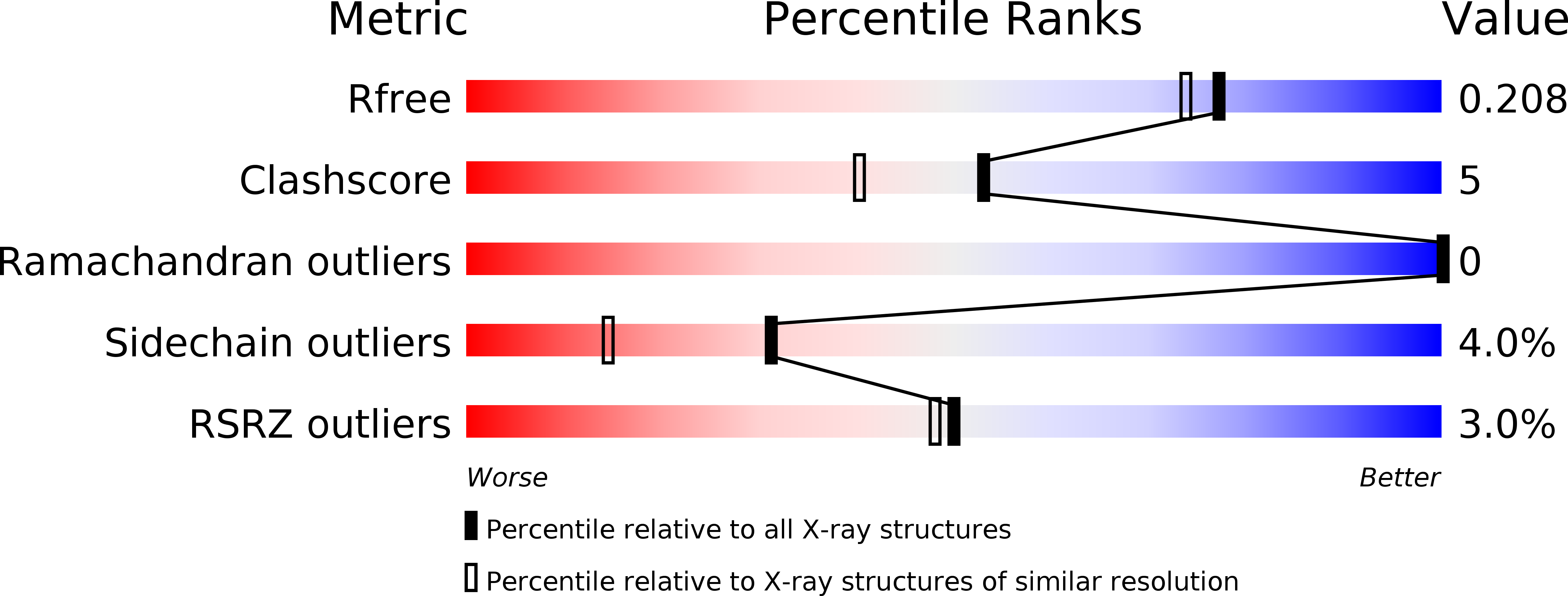
Deposition Date
2007-01-03
Release Date
2007-05-15
Last Version Date
2024-10-30
Entry Detail
PDB ID:
2OFI
Keywords:
Title:
Crystal Structure of 3-methyladenine DNA Glycosylase I (TAG) bound to DNA/3mA
Biological Source:
Source Organism:
Salmonella typhi (Taxon ID: 601)
Host Organism:
Method Details:
Experimental Method:
Resolution:
1.85 Å
R-Value Free:
0.19
R-Value Work:
0.17
R-Value Observed:
0.17
Space Group:
P 63


